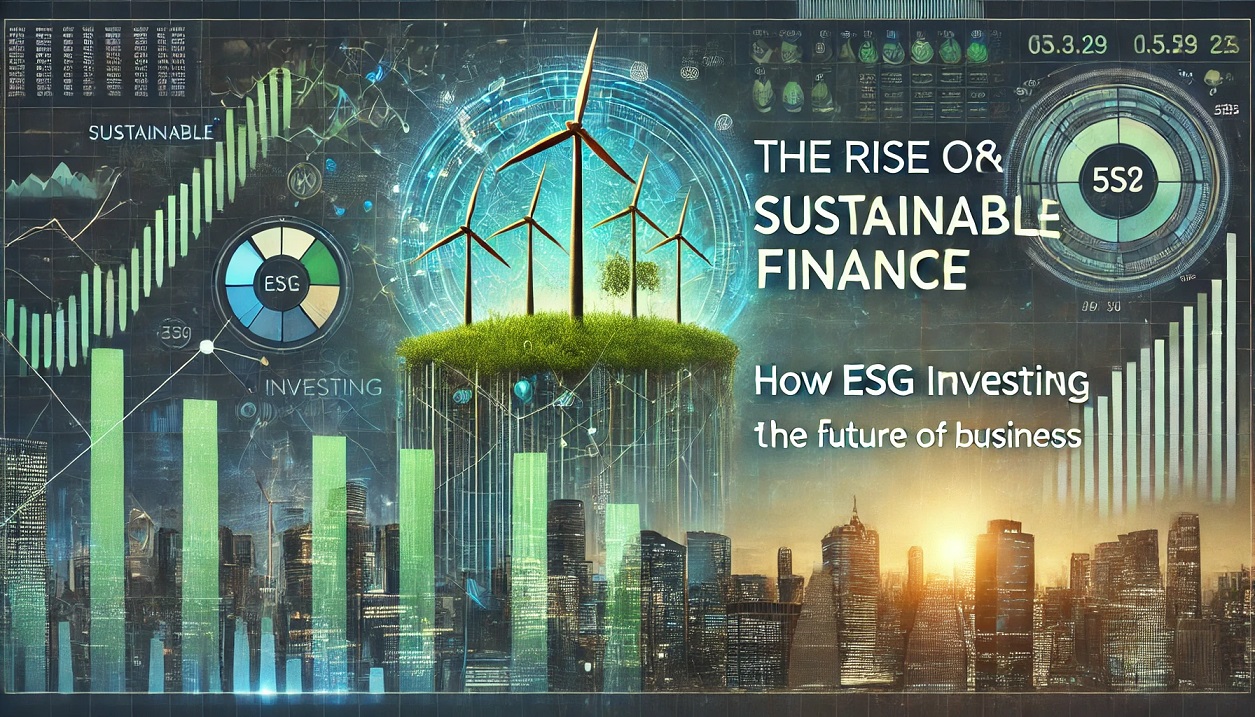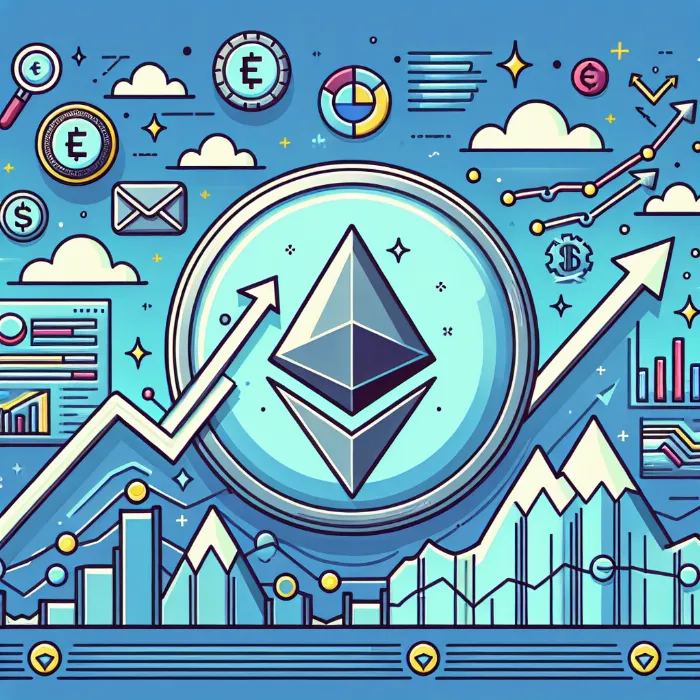On June 20, 2025, global financial markets reacted sharply to escalating tensions in the Middle East. US stock futures retreated, signaling investor caution as geopolitical uncertainty took center stage. A recent drone strike near the Strait of Hormuz, a critical artery of global oil supply, reignited fears of broader conflict between the United States and Iran.
Former President Donald Trump, acting in a key advisory role, announced a temporary two-week diplomatic pause on military actions against Iran. While this gesture appeared designed to open the door for negotiations, it injected volatility into markets already sensitive to political developments.
Investors now face a crucial question: Will diplomacy prevail, stabilizing markets and energy supplies? Or will this tense period escalate into a costly conflict, upending economic prospects worldwide?
II. Geopolitical Flashpoint: The Strait of Hormuz Incident and Diplomatic Maneuvers
The Strait of Hormuz, a vital chokepoint through which approximately 20% of the world’s petroleum passes, has long been a geopolitical hotspot. On June 17, 2025, a drone attack damaged several commercial vessels transiting the area, resulting in loss of life and heightened international alarm.
Though no group claimed responsibility, intelligence agencies point to Iranian-aligned militias. This incident triggered immediate military preparedness in Washington and allied capitals, raising the specter of swift retaliation.
However, in a surprising development, Donald Trump announced a two-week pause on military escalation, framing the move as a “window for diplomacy.” The announcement, while welcomed by peace advocates, left markets torn between hope and apprehension. The uncertainty of what comes next is palpable.
III. Market Reaction: A Fragile Pause
A. US Stock Futures
As traders digested the news, US stock futures declined moderately:
- Dow Jones Industrial Average futures fell approximately 0.3%
- S&P 500 futures declined near 0.4%
- Nasdaq-100 futures decreased roughly 0.5%
This pullback interrupted several days of modest gains fueled by strong tech earnings and AI optimism. Investors refrained from aggressive buying, favoring caution amid geopolitical risk.
B. Commodities
The oil market reacted swiftly. Brent crude prices fell from roughly $80 to about $77 per barrel, reflecting a slight easing of immediate conflict risk. However, traders remain vigilant to any developments that could disrupt Gulf oil exports.
Gold prices edged up by nearly 0.6%, resuming their traditional role as a haven amid uncertainty. Bitcoin also rallied, climbing near $106,000, as cryptocurrencies increasingly serve as alternative stores of value during political unrest.
IV. Sectoral Impacts: Winners, Losers, and the Gray Zones
A. Energy and Commodities
Energy firms experienced a boost in pre-market trading, anticipating potential supply disruptions and geopolitical risk premiums:
- Occidental Petroleum gained over 2%
- Halliburton and Schlumberger each rose by about 1.8%
Natural gas markets showed modest increases amid winter supply concerns exacerbated by conflict risks.
B. Defense and Aerospace
Defense contractors rallied as investors priced in potential military spending increases:
- Lockheed Martin shares rose approximately 3%
- Raytheon Technologies gained 2.7%
- Northrop Grumman up 2.3%
Contractor stocks typically benefit from government spending during periods of geopolitical tension.
C. Travel and Transportation
Airlines and travel companies faced headwinds, with stocks retreating 1-2%. Rising fuel costs and risk of disrupted flight paths dampened sentiment.
D. Technology Sector
Tech stocks, particularly AI leaders, saw modest declines, reflecting concerns that geopolitical instability may distract markets from innovation-driven growth.
V. Investor Psychology: Navigating Between Fear and Opportunity
Markets today are not merely reacting to tangible economic data; they respond heavily to perception and narrative. The two-week diplomatic window announced by Trump is a double-edged sword — it implies both hope for peace and the possibility of escalation.
This psychological tension has shifted investor behavior from risk-seeking to risk-aversion. Portfolio managers and retail investors alike are reallocating assets toward safer havens, including gold and digital currencies.
VI. Historical Context: Markets and Middle East Crises
To understand today’s volatility, one must consider precedent:
- 1973 Oil Embargo: Markets collapsed as OPEC cut supplies in response to geopolitical conflict. Inflation soared.
- 1990 Gulf War: Stock markets tumbled initially but rebounded quickly after coalition success.
- 2019 Strait of Hormuz incidents: Regional tensions briefly spiked oil prices but stabilized without broader conflict.
History shows markets often overreact initially but find balance once clarity emerges. Today’s situation echoes this pattern — markets are cautious but not panicked.
VII. Broader Economic Backdrop
The geopolitical risks come amid a complex economic environment:
- US unemployment rate: 3.8%, indicating strong labor market
- Core inflation: 3.6%, showing easing but still above target
- Consumer confidence: Moderately optimistic, but sensitive to shocks
- Federal Reserve policy: Rates steady at 5.25%, with hints of possible easing contingent on economic data
A prolonged crisis could jeopardize this fragile balance, pushing inflation higher via energy costs and sapping consumer and business confidence.
VIII. Expert Opinions
Lena Ghosh, Chief Macro Strategist:
“The two-week pause injects uncertainty, creating a binary risk scenario. Markets must prepare for either resolution or escalation, making near-term volatility inevitable.”
Michael Donnelly, Energy Trader:
“Oil prices are pricing in geopolitical risk premiums. Even if conflict is averted, premiums will linger as long as the threat remains.”
Erika Nishimura, Tech Equity Analyst:
“While AI growth stories remain intact, geopolitical distractions can dampen investor appetite for risk assets in the near term.”
IX. Global Market Repercussions
International markets mirrored US caution. European equities slipped amid concerns over energy supply. Asian markets were mixed, with Japan’s yen strengthening on safe-haven demand, while Chinese indices remained steady awaiting diplomatic signals.
Currency markets saw the US dollar gain against the euro and yen, reinforcing its status as a global refuge amid uncertainty.
X. Strategic Investor Guidance
Given current conditions, investors are advised to:
- Monitor diplomatic updates closely. Any breakthroughs or breakdowns will rapidly shift sentiment.
- Balance portfolios with safe havens like gold and select cryptocurrencies.
- Watch energy and defense sectors for potential opportunities.
- Maintain liquidity to respond quickly to market swings.
- Avoid excessive risk-taking until geopolitical clarity returns.
XI. Potential Scenarios and Their Market Implications
Scenario 1: Diplomatic Success
Markets rally as tensions ease, oil prices stabilize, and risk appetite returns. Equities rebound, and tech resumes leadership.
Scenario 2: Military Escalation
Oil spikes above $90/barrel, inflation surges, and equity markets plunge. Defense contractors benefit but economic growth slows.
Scenario 3: Prolonged Uncertainty
Volatility persists, with oscillating markets and cautious investor behavior. Safe havens outperform, growth assets struggle.
XII. Conclusion: A Moment of Truth for Markets and Diplomacy
The two-week diplomatic window marks a critical juncture. Financial markets are suspended between fear and hope, pricing in risks while awaiting resolution.
Investors, businesses, and governments must navigate this fragile moment with prudence. The coming days will define not just markets, but the broader trajectory of global stability.
The symbolic significance of this pause cannot be overstated—it is a test of diplomacy, markets, and resilience. And in a world increasingly shaped by rapid change, the lessons learned will echo far beyond June 2025.

















Comments 0